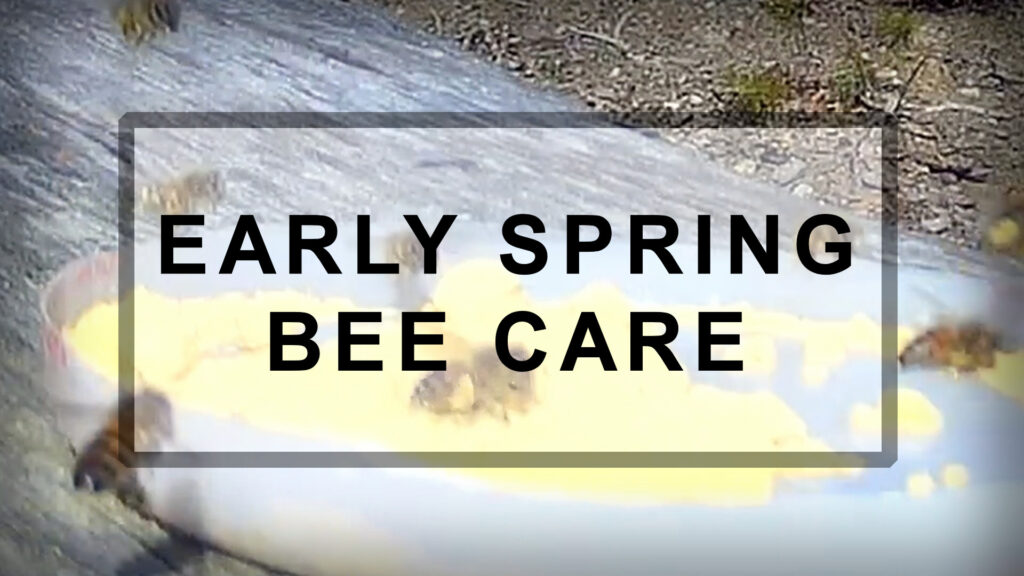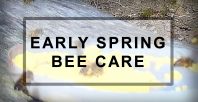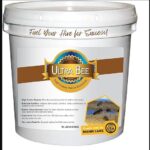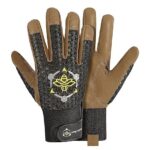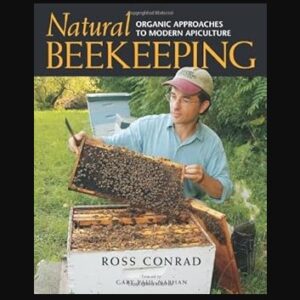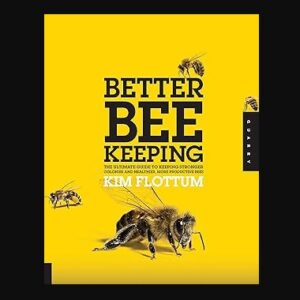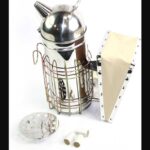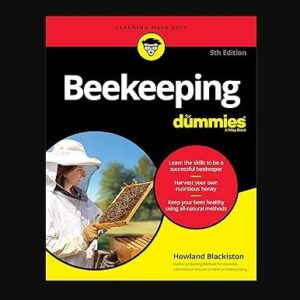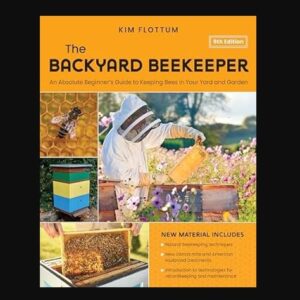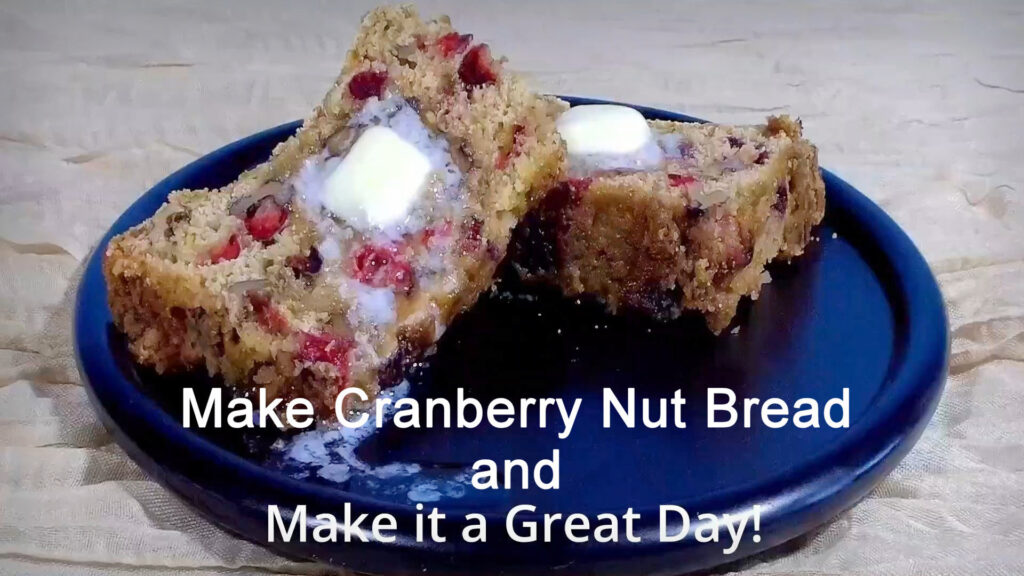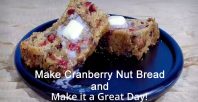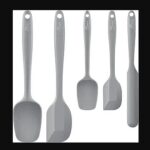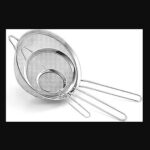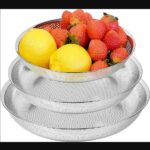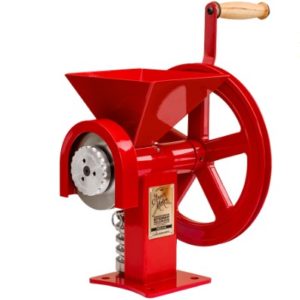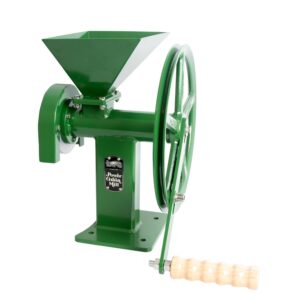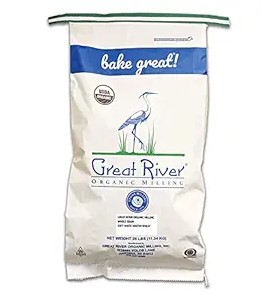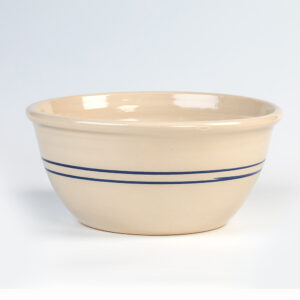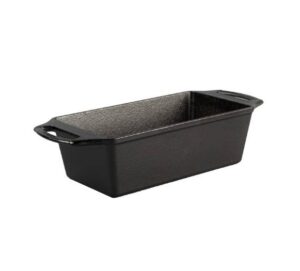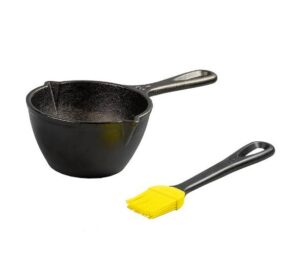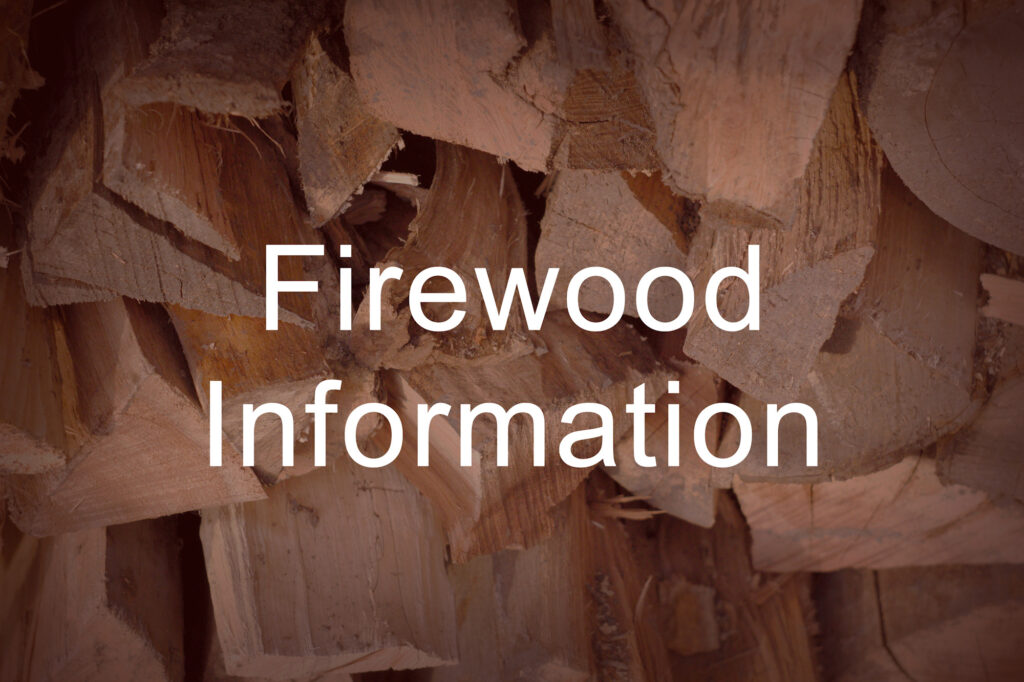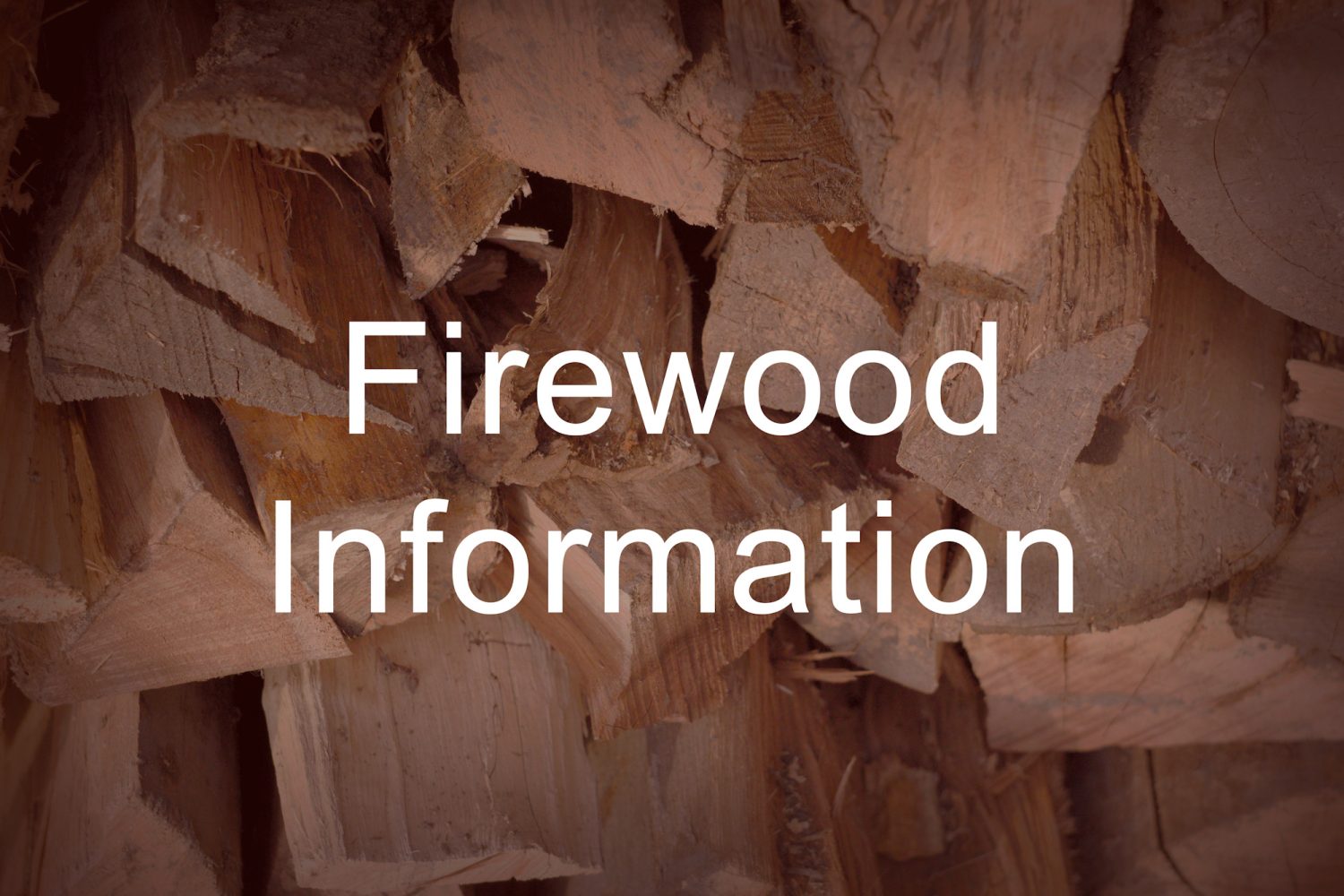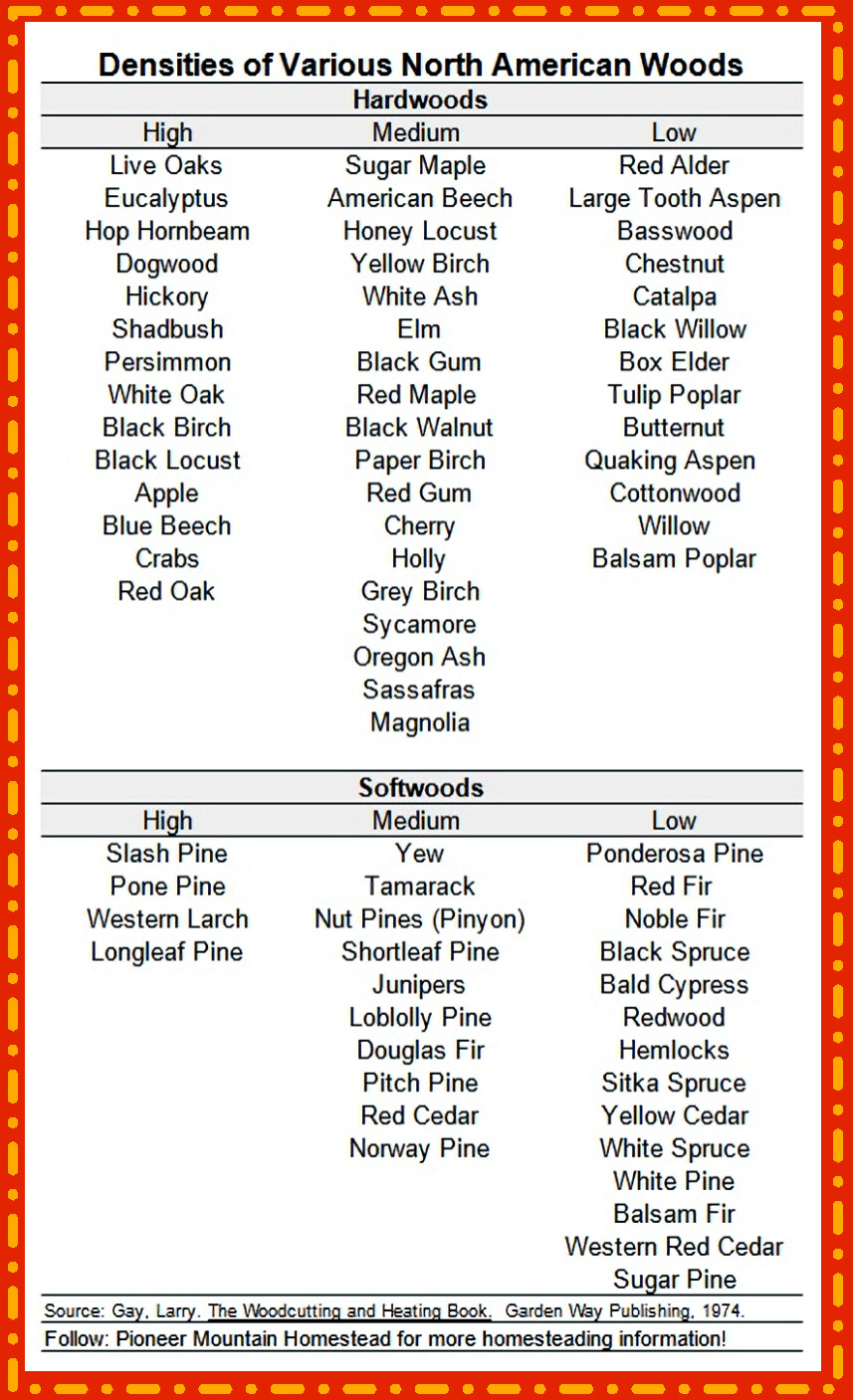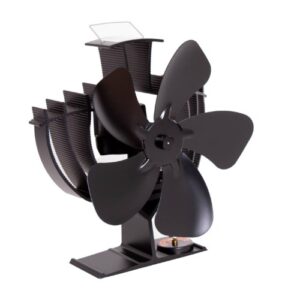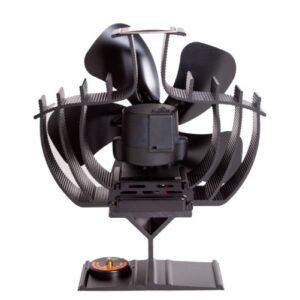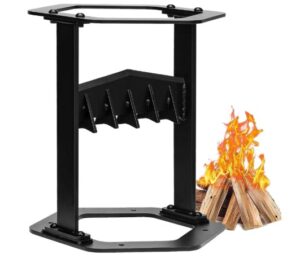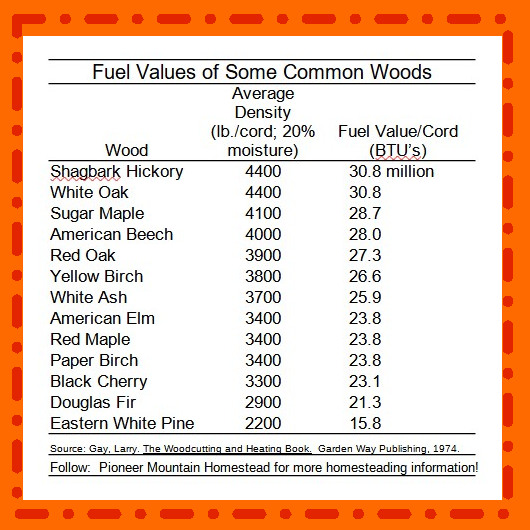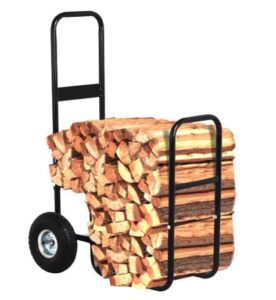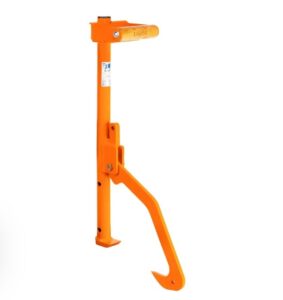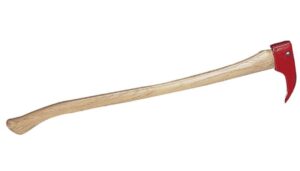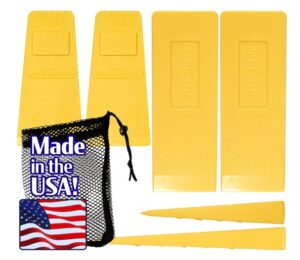Spring Beekeeping: Pollen Substitute for Honeybees
Spring Beekeeping in Pennsylvania: Pollen Substitute for Honeybees
Last updated: March 23, 2025
Disclosure of Material Connection: Some of the links in this page or post may be “affiliate links”. This means that if you click on the link, Pioneer Mountain Homestead, LLC may receive an affiliate commission at no direct cost to you. Pioneer Mountain Homestead, LLC only recommends products or services that the owners, managers, or employees of Pioneer Mountain Homestead, LLC use or believe will add value to the readers of this website. This disclosure is made with the Federal Trade Commission’s 16 CFR, Part 255: “Guides Concerning the Use of Endorsements and Testimonials in Advertising.”
It’s March on the homestead, and my honey bees are finally stirring after a long winter. This video shows the bees hard at work, collecting pollen substitute from a plate I put out. A friend of mine suggested this pollen substitute to get the bees “jump started” for the season as the bees had a really hard winter this year.
Early spring is a big moment for bees—they’re emerging from their hives, and the queen’s starting to lay eggs again. But with little to no flowers blooming yet, natural pollen is scarce, and their winter stores might be running low. That’s where this pollen substitute comes in. It’s a chance to give the bees a protein boost and keep the colony strong.

Sources of Information
Blackiston, Howland, Beekeeping For Dummies. Wiley Publishing, Inc., 2002.
Conrad, Ross, Natural Beekeeping. Chelsea Green Publishing, 2007.
Dadant, C. P., First Lessons In Beekeeping, Revised Edition. R. R. Donnelley & Sons Company, Copyright 1938, Reprinted in 1945.
Flottum, Kim, Better Bee Keeping. Quarry Books, 2011.
Flottum, Kim, The Backyard Beekeeper. Quarry Books, 2005.
Thank you so much for your support!
We are full time homesteaders at Pioneer Mountain Homestead in the Appalachian Mountains of south-central Pennsylvania. We have a sawmill, produce garden, honeybees, layer hens, laying ducks, pigs, and goats. We provide boat and camper storage to nearby visitors of Raystown Lake and sell firewood and lumber in south central Pennsylvania. Our journey is to be as self-reliant as we can be; to live as much as we can from the resources we have at hand; to effectively be productive with as minimal environmental impact as possible; to raise food in an organic manner; and to give back to our community through education or demonstration. We are always learning, as well. Life is always an adventure! We enjoy learning from others and seeing what other people are doing as well. – Bren and Chuck
Pioneer Mountain Homestead
16477 Sharman Lane
James Creek, PA 16657
814-505-6426
"Embracing Everything Farm and Forest"
Disclosure of Material Connection: Some of the links in this page or post may be “affiliate links”. This means that if you click on the link, Pioneer Mountain Homestead, LLC may receive an affiliate commission at no direct cost to you. Pioneer Mountain Homestead, LLC only recommends products or services that the owners, managers, or employees of Pioneer Mountain Homestead, LLC use or believe will add value to the readers of this website. This disclosure is made with the Federal Trade Commission’s 16 CFR, Part 255: “Guides Concerning the Use of Endorsements and Testimonials in Advertising.”
